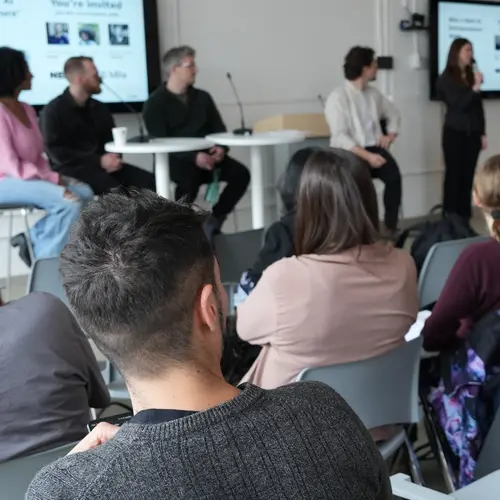
Mots-clés populaires:

Collaborateur·rice alumni - McGill
Superviseur⋅e principal⋅e
Sujets de recherche
Apprentissage sur graphes
Exploration des données
Graphes de connaissances
Réseaux de neurones en graphes
Réseaux de neurones récurrents
Systèmes de recommandation



